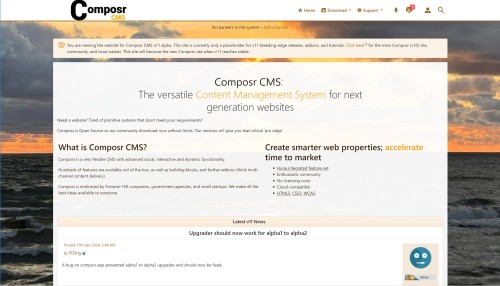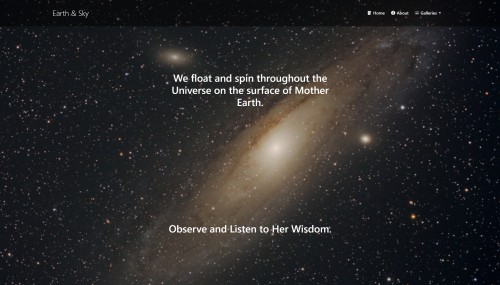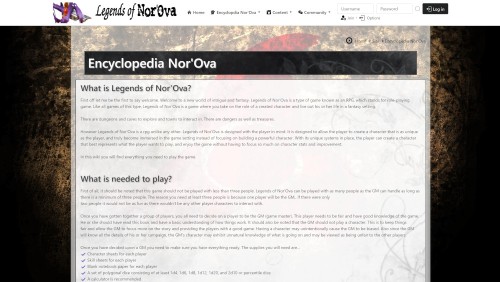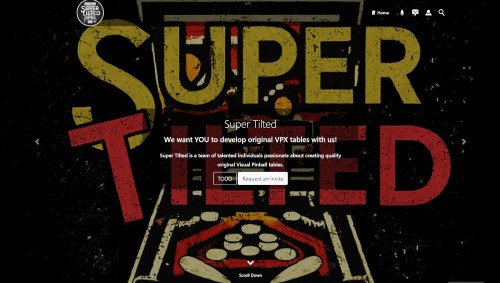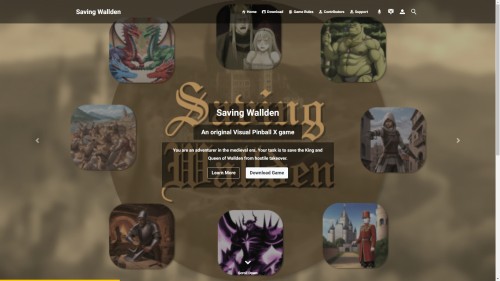Featured Sites: A-Z Index
H
Newest 10 Entries
| Question | How can I communicate privately with other members? |
|---|---|
| Answer | Conversr offers two ways to have private conversations:
|
| Question | What are some key considerations when choosing field types for my catalogue? |
|---|---|
| Answer | When selecting field types, consider:
|
| Question | How can I ensure the privacy of personal information stored in my catalogues? |
|---|---|
| Answer | Composr's privacy system can help manage personal data within catalogues. To leverage it:
|
| Question | What are some specialized types of catalogues available in Composr? |
|---|---|
| Answer | Composr supports specialized catalogues, including:
|
| Question | How are breadcrumbs handled in catalogue views? |
|---|---|
| Answer | Catalogue breadcrumbs can be customized using XML code (Admin Zone > Structure > Configure breadcrumb overrides). By default, they include the list of catalogues. However, Composr provides default breadcrumb XML that removes this, focusing on the current category hierarchy. Tree catalogues omit the index link, while non-tree catalogues include it. |
| Question | What is a tree catalogue and how do I create one quickly? |
|---|---|
| Answer | A tree catalogue has a hierarchical category structure (which can contain sub-categories), similar to the download system. Composr offers a special feature for creating tree catalogues by simply typing the desired categories in a specific format (which is explained and available when adding a new catalogue), which automatically generates the tree structure. Alternatively, a non-tree catalogue is simpler and only has top-level categories. |
| Question | Can I customize the look and feel of my catalogue? |
|---|---|
| Answer | Yes, Composr allows advanced users to customize catalogue appearance through Tempcode programming. This involves using template IF directives to apply specific styles based on the catalogue's name and manipulating template parameters for complex layouts. Alternatively, you can create new template files using the catalogue name in the file to specify complete templates for specific catalogues. Check out the tutorials for more information. |
| Question | What are the different display types for catalogue entries? |
|---|---|
| Answer | Composr provides four main display types for catalogue entries:
It is possible to create your own templates including ones that are specific to a catalogue. Check out the catalogues tutorial for more information. |
| Question | Why might I need a programmer for my catalogue? |
|---|---|
| Answer | While Composr catalogues offer great flexibility, they can become complex if you need sophisticated data relationships, efficient searching, high data reliability, or advanced customization. In these cases, a programmer's expertise in database design, normalization, and templating can be invaluable. |
| Question | What are catalogues in Composr? |
|---|---|
| Answer | Catalogues are custom databases you can create within your Composr website. They allow you to define your own records with custom fields and organize them into categories. Think of them as powerful tools for managing various types of content, like a database of books, a directory of businesses, or even a classified ads system. |
Top 10 Entries
| Question | How are time zones handled in Composr statistics? |
|---|---|
| Answer | All times in Composr statistics are displayed according to the configured website time zone, regardless of visitor or user account time zones. While this is a limitation due to pre-computation, some graphs displaying hourly stats and country filtering offer insights into local times for manual analysis. |
| Question | What are the limitations of pre-computed statistics in Composr? |
|---|---|
| Answer | Pre-computed statistics introduce certain limitations:
|
| Question | Why does Composr use pre-computed statistics? |
|---|---|
| Answer | Composr generates statistics from pre-computed data for several reasons:
|
| Question | What are KPIs and how are they used in Composr? |
|---|---|
| Answer | KPIs (Key Performance Indicators) are specific measurements selected for marketing analysis. In Composr, time-series graphs can be added as KPIs. They offer several benefits:
|
| Question | How can I perform split testing in Composr? |
|---|---|
| Answer | Split testing in Composr involves combining tracking codes with events. The simplest approach utilizes Tempcode:
|
| Question | What is the purpose of tracking codes in Composr? |
|---|---|
| Answer | Tracking codes help you identify the sources driving user sessions to your website or associate specific split testing variations with users. Composr offers integrated referral tracking through various means:
|
| Question | What are the different ways to track events in Composr? |
|---|---|
| Answer | Composr offers various methods for tracking events:
The JavaScript and HTML data attribute methods can also be integrated with Google Analytics events. |
| Question | How do I install geo-location data for Composr statistics? |
|---|---|
| Answer | Geo-location data installation is usually automatic during the Composr installation process. If not, you can manually install it by navigating to Admin Zone > Audit > Site statistics > Install geolocation data. This action will reschedule the installation task. If you don't see this option, the geo-location data is already installed. |
| Question | What are the key differences between Google Analytics and Composr statistics? |
|---|---|
| Answer | While there is some overlap, Composr statistics and Google Analytics are complementary tools. Google Analytics Pros:
Google Analytics Cons:
Composr Statistics Pros:
Basic users may find Composr statistics sufficient, while expert marketers might prefer the power of Google Analytics. |
| Question | What tools and strategies can be used for staff training and development? |
|---|---|
| Answer | While Composr itself doesn't provide built-in training features, several approaches can be used for staff development:
By investing in ongoing staff training and development, communities can ensure their teams possess the necessary knowledge and skills to perform their roles effectively and contribute to the platform's overall success. |


